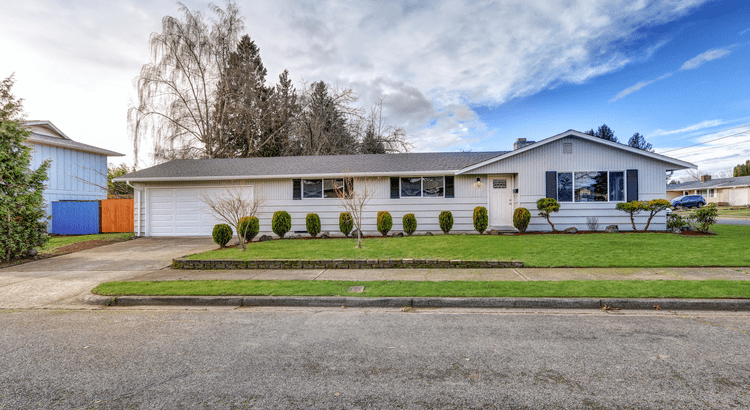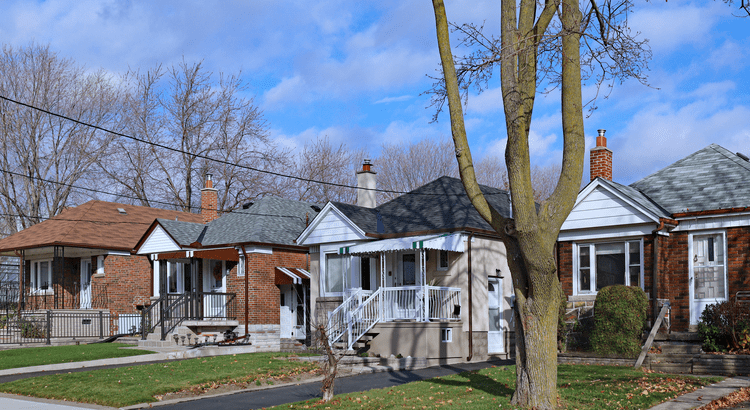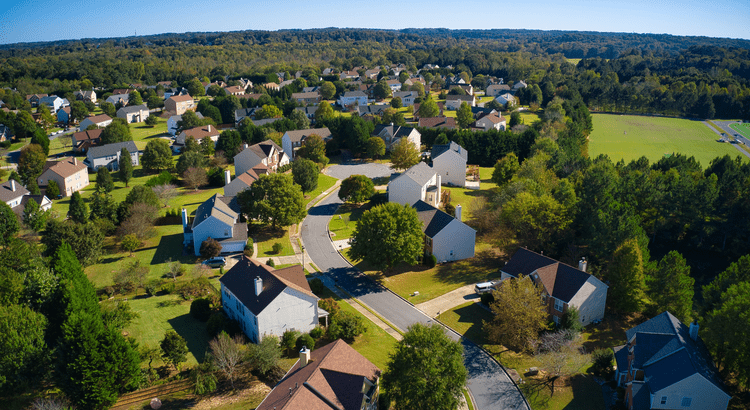Why October Is the Best Time To Buy a Home in 2025

If you’ve been watching from the sidelines, now’s the time to lean in. It’s officially the best time to buy this year. According to Realtor.com, this October will have the most buyer-friendly conditions of any month in 2025:
“By mid-October, buyers across much of the country may finally find the combination of inventory, pricing, and negotiating power they’ve been waiting for— a rare opportunity in a market that has been tight for most of the past decade .”
So, if you’re ready and able to buy right now, shooting for this month means you should see:
- More homes to choose from
- Less competition from other buyers
- More time to browse
- Better home prices
- Sellers who are more willing to negotiate
Just remember, every market is different. For most of the top 50 largest metros, that sweet spot falls in October. But the peak time to buy may be slightly earlier or later, depending on where you live. As Realtor.com explains:
“While Oct. 12–18 is the national “Best Week,” timing can shift depending on the local markets. . .”
Best Week To Buy for our area : Sacramento-Roseville-Folsom, CA: October 12 – 18
What the Experts Are Saying
And Realtor.com isn’t the only one saying you’ve got an opportunity if you move now. Lawrence Yun, Chief Economist at the National Association of Realtors (NAR), explains:
“ Homebuyers are in the best position in more than five years to find the right home and negotiate for a better price. Current inventory is at its highest since May 2020, during the COVID lockdown.”
Daryl Fairweather, Chief Economist at Redfin, puts it like this:
“ Nationally, now is a good time to buy, if you can afford it . . . with falling mortgage rates and significantly more inventory, buyers have an upper hand in negotiations.”
And NerdWallet says:
“This fall just might be the best window for home buyers in the past five years .”
How To Get Ready for this Golden Window
To make sure you’re ready to jump information our special buying season, Give me a call. Let's get you set you with a local lender and get pre-approved and ready to buy. They’ll be able to give you more information on your market's peak time, why it’s good for you, and the steps you’ll need to take to get ready.
Bottom Line
If you're serious about buying, getting prepped for this October window is a smart play.
Want help lining up your strategy? Let's have a quick conversation so you've got the information you need to be ready for this prime buying time.












